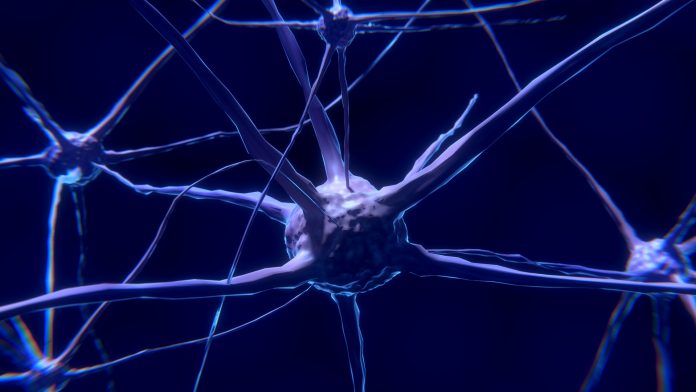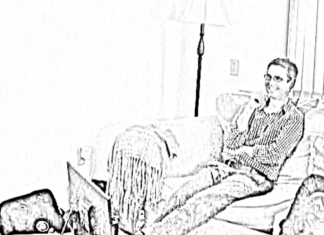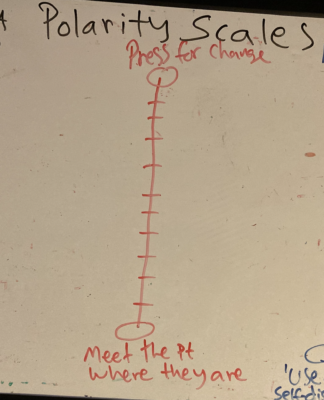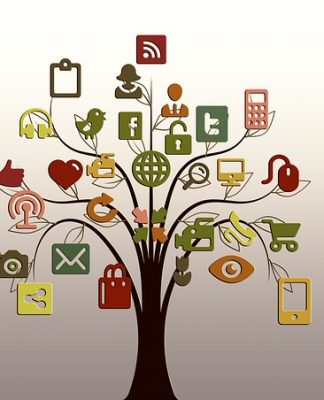This blog post is inspired by my recent audio-book indulgence, Love Sense by Dr. Sue Johnson and musical artist Justin Timberlake’s song, “Mirrors”. Pop Culture meets Attachment Science.
Dr. Sue Johnson is mostly correct when she shares her perception that Hollywood and other forms of entertainment miss the mark when it comes to examples of healthy secure relationships and how to best tend to them. Dr. John Gottman also commented on the stark difference between the everyday couple and what is played on the big screen when he reviewed many hours of videotaped couples from his Love Lab. Both of these relationship experts’ experience working with couples and their research tells them that the art of love is more subtle and is found in smaller spaces than the big overtures depicted in screenplays and love stories via Western entertainment. We are supposed to be tortured, jaded, anxious or dismissive in love. If we trust what the movies tell us, we have to fly to another state to capture our love on top the empire state building, (Sleepless In Seattle); have our beau hold a boombox outside of our bedroom window (Say Anything); be seduced by poetry from across the room at an open mic night (Love Jones) to feel excited or moved in our own relationships.
There is a high probability that those of us who watch movies like those listed above will be moved emotionally and assimilate the characters’ feelings into our own, even if we are not experiencing love like they are. It’s as if we are looking into a mirror reflecting back our own emotional system’s coding repertoire. We can feel the rapture and excitement of being wooed as if we are the characters on screen.
This mirroring or feeling what the other person feels is possible via our brains’ mirror neurons. Mirror neurons allow us to anticipate and predict what may happen next in a social relationship by paying attention to and processing emotional cues in the facial features of others. Depending how our relationships’ emotional cues have played out in our lives’ story, we sense what may happen next and usually have automatic responses to those cues. Current research tells us our brains our plastic and can evolve and change. This means that our responses to emotional cues can change, which is good news if we are currently stuck responding to emotional cues from others in ways that leave us feeling more disconnected than closer.
So you are probably asking yourself, “So…what does this have to do with Justin Timberlake and Dr. Sue Johnson?” Well, shortly after taking a break from listening to Love Sense, leaving off on Dr. Johnson’s explanation of mirror neurons and relationships, I turned on some tunes and Justin Timberlake’s, “Mirrors”, “Its like your my mirror…that we’re making two reflections into one,” came through my Pandora radio station. I thought, “hmmmm…this was something pop culture entertainment actually got right in illustrating how to tune in to love.” Maybe Dr. Sue Johnson can give”Mirrors” a hall pass.
Justin Timberlake’s audio clip on his official website:
“One of the most valuable things in a relationship is being able to constantly change and be individual, but look to the other side to the person that you’re with and know that they’re changing as well individually, but somehow you two can mirror each other and be the other half of the world that you both create.”
Neuroscience research breakthroughs are showing us that we can love creatively, more securely and deeply by being attentive to our partner’s emotions. Dr. Sue Johnson, likes to offer her readers opportunities to experiment with the information she has given in her book. In the spirit of that, I’d like you, the reader to focus in on the emotion of your significant other, friend, child or any other significant person in your life the next opportunity you get. This attentiveness can be really helpful, especially when you are in conflict with someone. Attentiveness means looking at the other, their face, searching for their emotional cue. Like Justin Timberlake’s lyric, “Keep your eyes on me, baby keep your eyes on me.” We know that emotions are universally recognized as: happiness, sadness, surprise, anger, fear, disgust.
If you are able, tend to the emotion that you see as if you are trying to alleviate that individual’s concern or celebrate their happiness. If you cannot join with their emotions or feel what they are feeling and are blocked, pause and check in with what your self-talk is telling you. Are you afraid by their anger/disappointment? Does sadness mean that someone is going to leave? Does their happiness mean that they can only have fun without you? Tap into what you are telling yourself that keeps you from helping the other feel better and safe from life’s storms with you. We can grow deeper in connection with others when we can recognize and help them with what they are feeling.
We all have that superpower: mirror neurons to the rescue.


 Bobbie R. Worrell, is a Licensed Marriage and Family Therapist, Licensed Mental Health Counselor and a Certified Substance Abuse Counselor in the State of Hawaii. She is also recognized as an International Certified Alcohol and Drug Counselor, and Substance Abuse Professional.
Bobbie R. Worrell, is a Licensed Marriage and Family Therapist, Licensed Mental Health Counselor and a Certified Substance Abuse Counselor in the State of Hawaii. She is also recognized as an International Certified Alcohol and Drug Counselor, and Substance Abuse Professional.


















